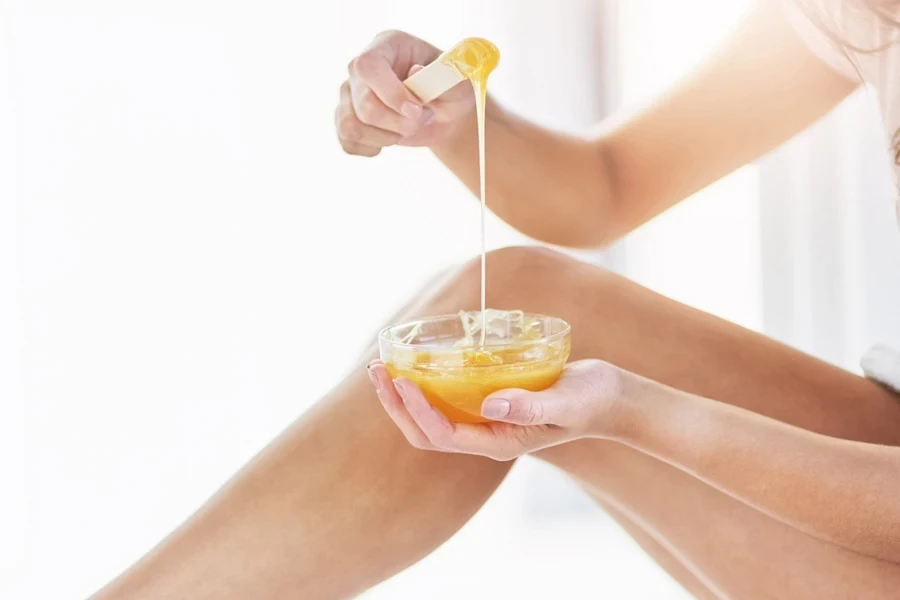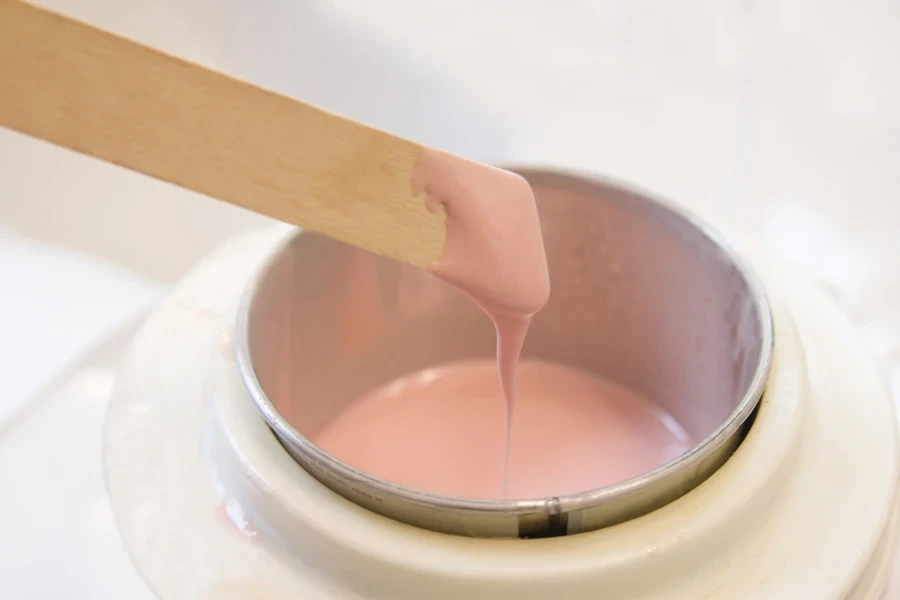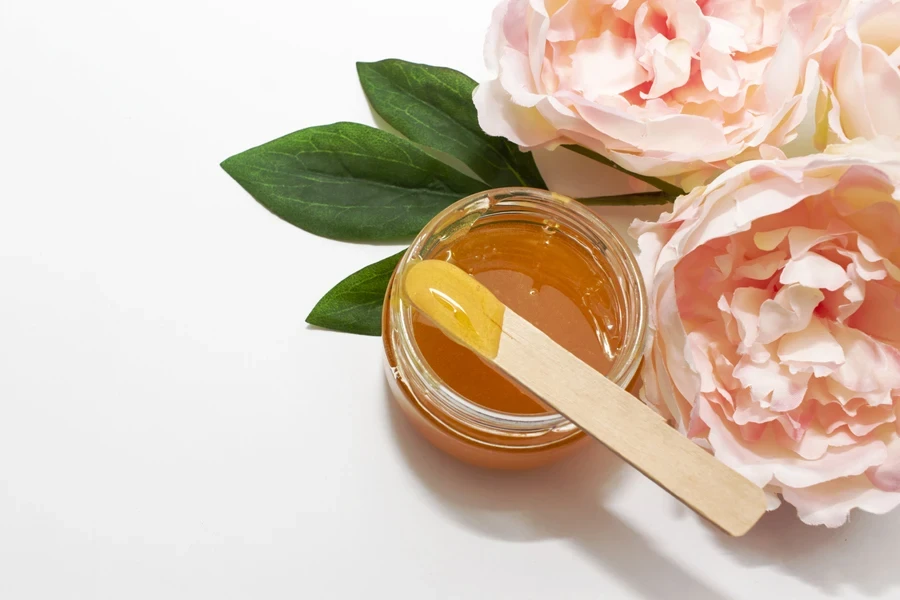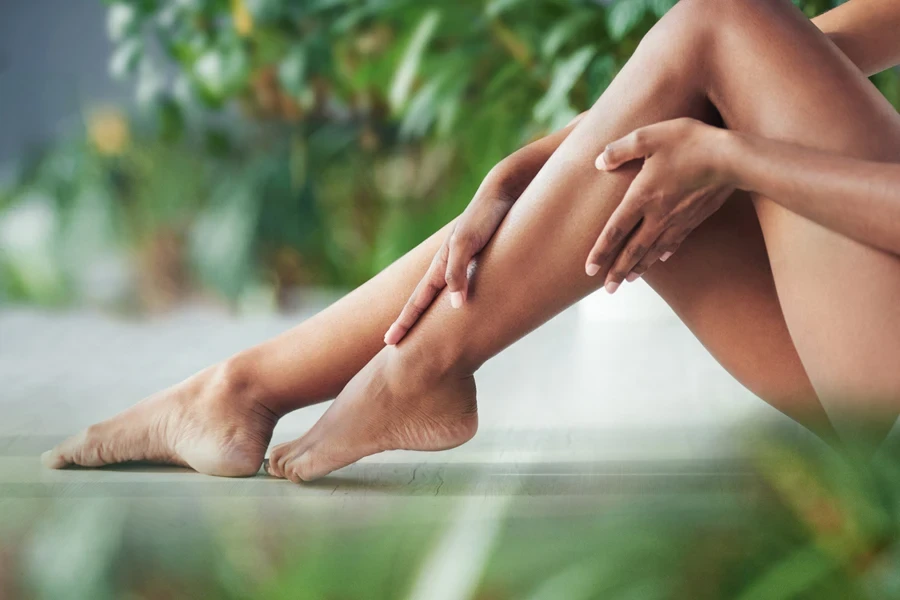Summer is a great time for many beauty products, and hair removal is one of the most profitable categories during this time of year. The hot season allows many women to showcase their flattering, hairless bodies at beaches and pools, which pushes them towards waxing services like Brazilian waxing.
However, offering Brazilian wax goes beyond mastering the craft. The products spas and waxing studios use are just as important as their technique. For this reason, choosing the right wax and aftercare products can be the difference between a customer who can’t wait to return and one who dreads their next appointment.
So, what wax should wax technicians use? What aftercare products will the clients love? This article will explain everything so that salons and spas can ensure their clients leave with smooth summer skin and a smile.
Table of Contents
Understanding the Brazilian wax experience
What to consider when choosing wax for Brazilian waxing
Final words
Understanding the Brazilian wax experience

Brazilian wax treatments are more intimate than other bikini waxes. They remove pubic hair from the front, back, and everywhere in between, making them a full deal. However, this intimacy makes the procedure nerve-wracking for many clients, especially if it’s their first time.
And while the results can be amazing, getting there can be slightly uncomfortable. That’s where choosing the right wax and ensuring the process is smooth (pun intended) comes into play.
Why does the right wax matter?
Nobody wants to experience unnecessary pain during a Brazilian wax. A great wax product can make an uncomfortable situation much more bearable. Basically, the better the wax, the less it will hurt, cause redness, or irritate the skin.
Additionally, if the wax grabs hair easily, estheticians won’t need to go over the same spot again, saving time and some “ouch!” moments. More importantly, the right wax will be gentle, helping to avoid those dreaded ingrown hairs and bumps.
What to consider when choosing wax for Brazilian waxing
1. Hard vs. soft wax for Brazilian waxing

The big question most estheticians have about Brazilian waxing is: hard wax or soft wax? Both can get the job done, but they have very different vibes regarding comfort and efficiency. Here’s a closer look at the two options:
Hard wax
Hard wax is usually the best bet for Brazilian waxing. Wax technicians can apply it warm and thick directly onto the skin. They will pull it off once it cools down and hardens; no strips are required.
Benefits of hard wax
- Less pain: Hard wax sticks more to the hair and less to the skin, making the removal process a lot less painful. That’s especially nice in, let’s say, more sensitive areas.
- Good for coarse hair: Brazilian areas often have coarser hair, and hard wax is adept at grabbing stubborn hairs and pulling them out from the root.
- Minimal irritation: Hard wax causes less irritation and redness because it doesn’t pull at the skin as much as soft wax. This benefit is a major win.
Drawbacks of hard wax:
- Slower process: Estheticians must wait a bit to cool and harden. So, the process may take longer.
- Uses more product: Hard wax must be applied thicker, meaning wax technicians will use more per session.
Soft wax
Soft wax is the thin, spreadable wax that estheticians remove with strips. This wax type is more common for larger areas like legs and arms, but it also works for Brazilian waxing.
Benefits of soft wax
- Faster application: Since wax technicians apply this wax in a thin layer and remove it quickly with landing strips, the entire process is often quicker than that of hard wax.
- Cost-efficient: Estheticians use less product because they apply soft wax in a much thinner layer than hard wax.
Drawbacks of soft wax
- More painful: Soft wax grabs hair and skin, making removal more painful—especially in delicate areas like the bikini zone.
- Higher risk of irritation: Because it pulls at the skin more, clients are more likely to experience redness and irritation.
Which wax should estheticians choose?
For Brazilian waxing, hard wax tends to win out. Sure, soft wax might be faster, but hard wax offers a much better experience for the client, especially regarding comfort and skin sensitivity.
2. Consider sustainable options

Consumers are becoming more eco-conscious, and businesses should be, too. Offering sustainable waxing products helps the planet and speaks to a growing number of clients who want to support businesses with similar values.
What to consider
- Biodegradable wax: Some waxes have natural, biodegradable ingredients, reducing their environmental impact.
- Sustainable packaging: Look for wax brands that use eco-friendly packaging materials or allow bulk buying, reducing waste.
- Cruelty-free options: Many clients love cruelty-free products, so offering waxes that haven’t been tested on animals can be a big selling point.
3. Consider offering aftercare products

The waxing process doesn’t stop once estheticians remove all the hair. Proper aftercare is key to keeping the skin smooth and healthy—and it’s an opportunity for salons and spas to offer a complete care package. Providing aftercare products helps clients maintain their results and improves their overall experience.
Soothing lotions
After a Brazilian wax, the skin is often sensitive and could use some TLC. Offering soothing lotions helps reduce any post-wax discomfort. A good soothing lotion should have the following:
- Anti-inflammatory ingredients, like aloe vera, chamomile, or calendula, calm inflamed skin, making the post-wax period a bit easier for clients.
- Hydrating Oils, such as Shea butter, jojoba oil, and coconut oil, are fantastic for locking in moisture and restoring the skin’s balance after waxing.
Ingrown hair serums
Ingrown hairs are the enemy of a perfect wax. Salons can help clients keep their skin bump-free between appointments by offering ingrown hair serums. Look for the following in this product:
- Exfoliating acids, such as salicylic or glycolic acid, gently exfoliate the skin, helping to prevent ingrown hairs from popping up.
- Tea tree oil—this natural ingredient helps reduce inflammation and prevents infection, keeping ingrown hairs at bay.
Cooling gels
Sometimes, clients experience redness or discomfort right after waxing. Cooling gels provide instant relief and are a great product to have on hand. Consider the following ingredients when stocking them:
Aloe vera is a cooling classic. It helps soothe and calm the skin after waxing. Peppermint or menthol are other ingredients that can provide a cooling sensation, helping to ease any lingering discomfort.
Exfoliating Products
Offering clients exfoliating scrubs or tools can help them maintain smooth skin and prevent ingrown hairs from forming. Gentle exfoliants, like sugar or salt scrubs that exfoliate without being too harsh, are great for sensitive skin. AHAs and BHAs (like lactic acid or salicylic acid) are also great for keeping pores clear and helping with cell turnover.
Final words
Picking the right Brazilian wax and aftercare products involves giving clients the best possible experience. Hard wax is typically the best option for Brazilian waxing because it reduces pain and irritation. Look for waxes with gentle, nourishing ingredients, and pay attention to the temperature and texture to ensure comfort.
Remember that aftercare is just as important! Offering soothing lotions, ingrown hair serums, and cooling gels can help keep clients’ skin smooth and healthy between visits. Plus, it allows salons and spas to build trust and loyalty—when clients feel taken care of, they will return for more.





 Afrikaans
Afrikaans አማርኛ
አማርኛ العربية
العربية বাংলা
বাংলা Nederlands
Nederlands English
English Français
Français Deutsch
Deutsch हिन्दी
हिन्दी Bahasa Indonesia
Bahasa Indonesia Italiano
Italiano 日本語
日本語 한국어
한국어 Bahasa Melayu
Bahasa Melayu മലയാളം
മലയാളം پښتو
پښتو فارسی
فارسی Polski
Polski Português
Português Русский
Русский Español
Español Kiswahili
Kiswahili ไทย
ไทย Türkçe
Türkçe اردو
اردو Tiếng Việt
Tiếng Việt isiXhosa
isiXhosa Zulu
Zulu